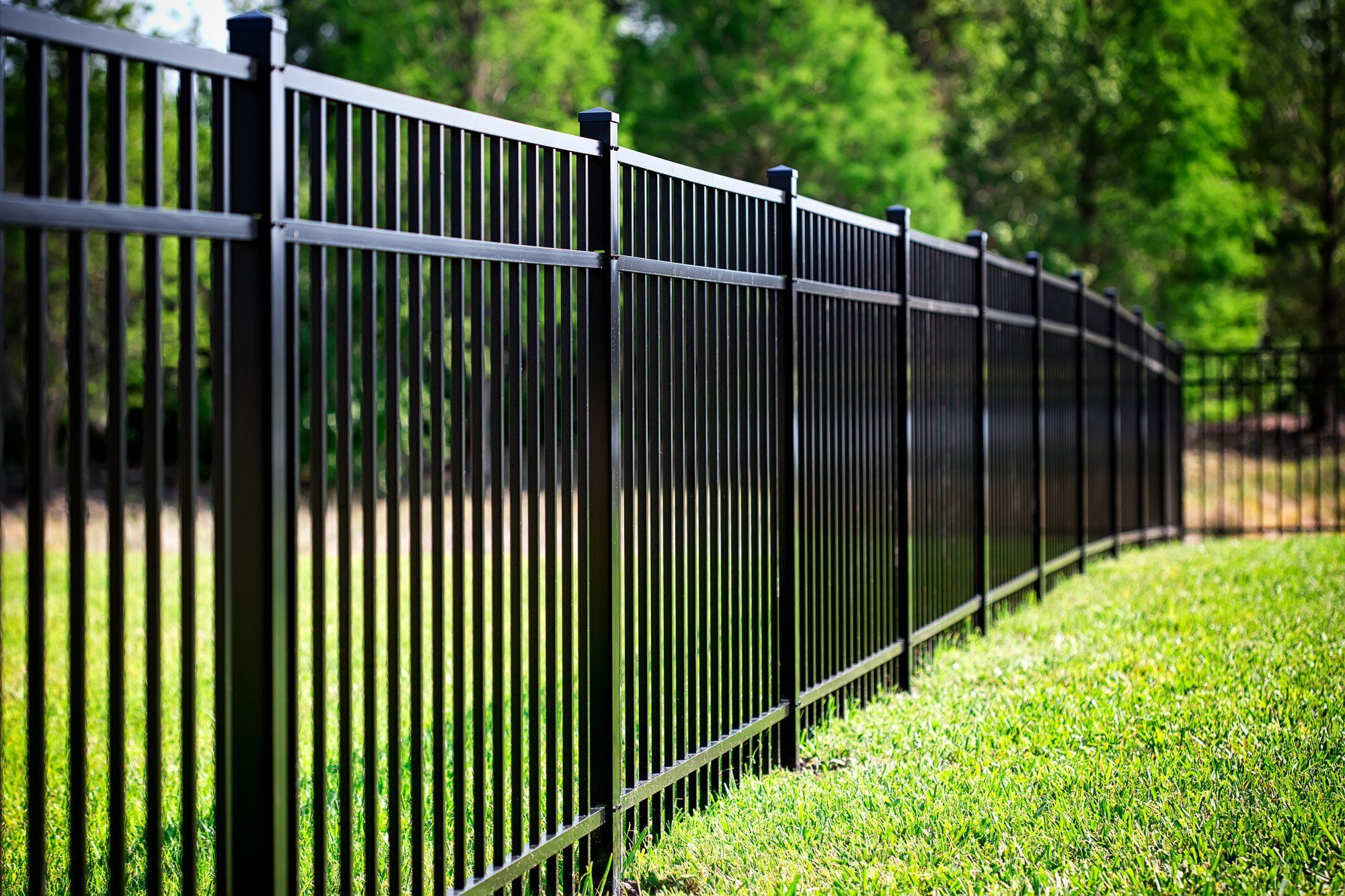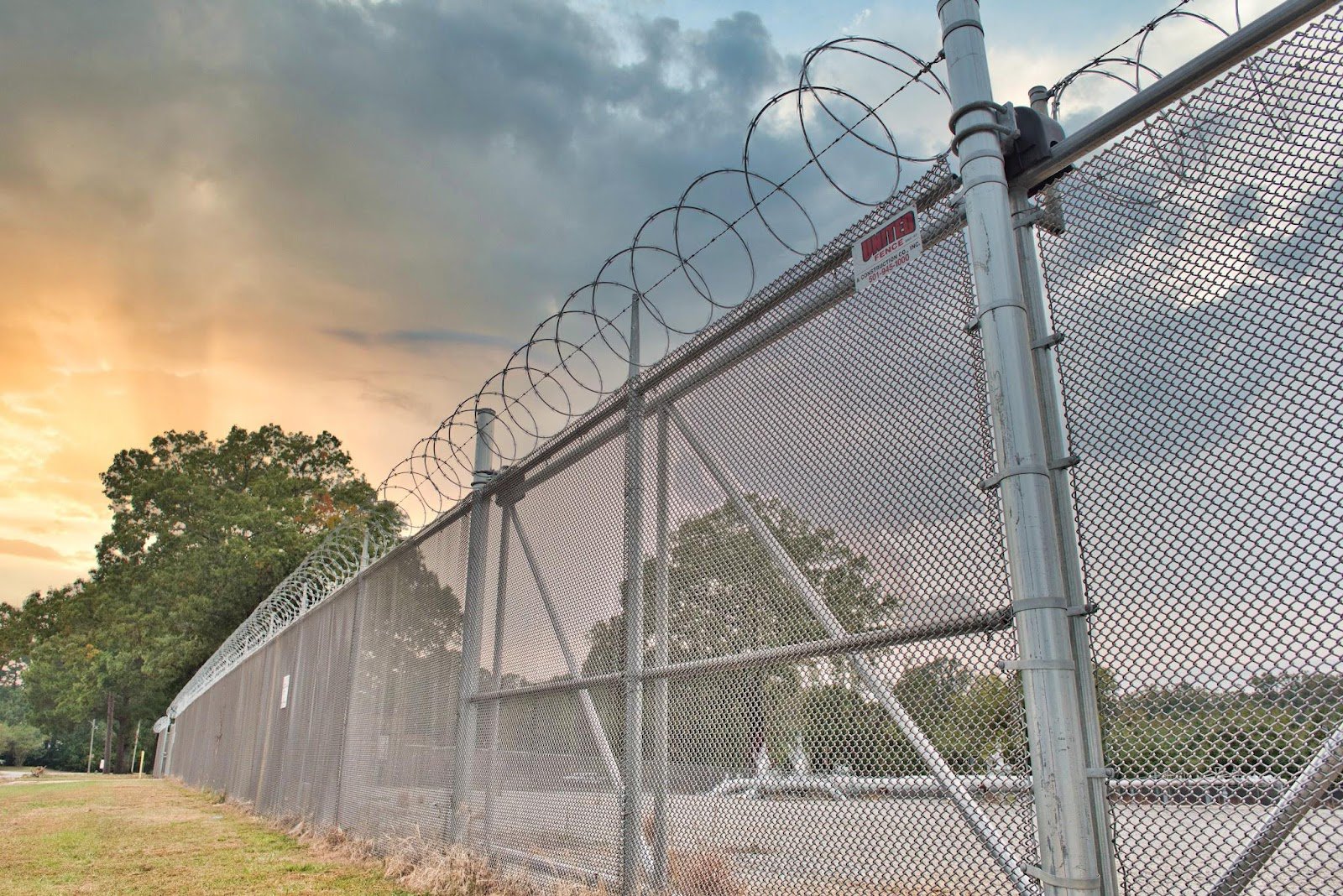All Categories
Featured
Fencings play a crucial function in giving personal privacy, security, and improving the visual appeal of your residential or commercial property. Constant exposure to the elements can lead to use and tear. From heavy rainfall and snow to extreme sunlight and wind, weather-related damage is among one of the most typical root causes of fence wear and tear. While you can't manage the weather, there are numerous methods to shield your fence from the destructive effects of weather and guarantee it lasts for many years to find.
Wood Fencings: While wooden fences are a classic option, they are very susceptible to dampness and pests. To make a wood fencing a lot more long lasting, choose pressure-treated lumber, cedar, or redwood. These products are more resistant to rot and bugs. However, you'll still require to shield the timber from the elements with normal maintenance.
Plastic Fences: Vinyl fencings are very sturdy and call for little maintenance. They are resistant to fading, breaking, and bending, making them perfect for regions that experience severe sun, rainfall, or cool weather condition. Plastic also will not rot or bring in bugs, supplying long-term security without the need for consistent upkeep.
Metal Fences: Wrought iron and aluminum fencings are excellent options for their stamina and resistance to wind and moisture. They are prone to rusting over time, particularly if subjected to constant rainfall or humidity. Choose galvanized or powder-coated steel fencings to lessen the threat of corrosion.
![]()
Compound Fences: Combining wood fibers and plastic, composite fencings are resistant to decomposing, fading, and insect damages. They use the look of wood with less maintenance, making them a perfect choice for locations with variable weather.
![]()
Wooden Fencings: A top quality wood sealer or tarnish is necessary to protect your fencing from the components. Wood sealants obstruct dampness and safeguard against mold and mildew and mildew development. They also prevent UV damages that can trigger fading and fracturing. Be certain to reapply the coating every couple of years to keep your fence top condition.
Plastic Fences: While vinyl is low-maintenance, you can still secure it even more by using a UV protectant. These finishes aid protect against discoloration brought on by long term sun direct exposure. Furthermore, utilize vinyl-specific cleansers to keep the surface area cost-free of stains or dirt build-up.
Metal Fencings: To safeguard metal fencings from rust and corrosion, think about applying a rust-inhibiting primer adhered to by a safety paint developed for outdoor use. Powder coating gives a long-lasting and durable finish that can withstand severe climate. if feasible.
Wooden Fences: Tidy your wood fence with a stress washing machine or a soft fabric and mild cleaning agent. Check the fencing regularly for indications of rot, splits, or insect invasions.
Plastic Fences: Vinyl fences are easy to tidy with soap and water. For tougher stains, you can make use of a mild bleach solution or a vinyl cleaner to recover the fence's appearance. Do not neglect to inspect for any kind of splits that might allow water in, causing further damages.
Metal Fencings: Tidy steel fences with a soft fabric to get rid of corrosion, dust, and dust. If you notice rust places, eliminate them quickly with a cable brush and deal with the area with a rust-resistant guide or paint to stop it from spreading.
Wood Fencings: When setting up wood fencing messages, make sure they are set deeply into the ground, preferably listed below the frost line to avoid moving during freezing temperatures. Usage concrete to protect the blog posts and avoid them from being or leaning uprooted by strong winds.
Metal Fences: For metal fencings, guarantee that the posts are securely anchored in concrete. This is specifically crucial in regions with constant tornados or hefty winds. You might likewise want to install additional bracing to provide extra support against wind anxiety.
In addition, extreme dampness from neighboring plants can cause mold and rot in wooden fences, so keep greenery at a safe distance to permit for appropriate air flow and drainage.
Metal fencings should be examined for corrosion before the winter period starts, and any type of impacted areas should be treated with rust-resistant products. In addition, applying a coat of paint or protective finishing prior to the winter embed in can aid shield your fence from ice and snow damage.
![]()
Final thought. Protecting your fence from weather-related damage calls for a combination of correct product option, routine maintenance, and positive treatment. Whether you have a wooden, vinyl, metal, or composite fencing, the right protective steps can expand its lifespan and keep its look. By following these easy yet efficient steps, you can secure your fencing against the components and maintain it looking terrific for years to find.
- Choose Weather-Resistant Products. One of the most reliable means to safeguard your fence is by picking the appropriate product for your environment. Particular products are much more resilient and better matched to stand up to particular climate condition.
Wood Fencings: While wooden fences are a classic option, they are very susceptible to dampness and pests. To make a wood fencing a lot more long lasting, choose pressure-treated lumber, cedar, or redwood. These products are more resistant to rot and bugs. However, you'll still require to shield the timber from the elements with normal maintenance.
Plastic Fences: Vinyl fencings are very sturdy and call for little maintenance. They are resistant to fading, breaking, and bending, making them perfect for regions that experience severe sun, rainfall, or cool weather condition. Plastic also will not rot or bring in bugs, supplying long-term security without the need for consistent upkeep.
Metal Fences: Wrought iron and aluminum fencings are excellent options for their stamina and resistance to wind and moisture. They are prone to rusting over time, particularly if subjected to constant rainfall or humidity. Choose galvanized or powder-coated steel fencings to lessen the threat of corrosion.

Compound Fences: Combining wood fibers and plastic, composite fencings are resistant to decomposing, fading, and insect damages. They use the look of wood with less maintenance, making them a perfect choice for locations with variable weather.
- Apply Safety Coatings. No matter the material, using safety finishes is critical in prolonging the life of your fencing. Coatings form an obstacle that shields your fence from moisture, UV rays, and various other environmental stress factors.

Wooden Fencings: A top quality wood sealer or tarnish is necessary to protect your fencing from the components. Wood sealants obstruct dampness and safeguard against mold and mildew and mildew development. They also prevent UV damages that can trigger fading and fracturing. Be certain to reapply the coating every couple of years to keep your fence top condition.
Plastic Fences: While vinyl is low-maintenance, you can still secure it even more by using a UV protectant. These finishes aid protect against discoloration brought on by long term sun direct exposure. Furthermore, utilize vinyl-specific cleansers to keep the surface area cost-free of stains or dirt build-up.
Metal Fencings: To safeguard metal fencings from rust and corrosion, think about applying a rust-inhibiting primer adhered to by a safety paint developed for outdoor use. Powder coating gives a long-lasting and durable finish that can withstand severe climate. if feasible.
- Routine Cleaning and Inspections. Appropriate cleaning and normal inspections are necessary to preserving the honesty of your fence. Accumulation of mold and mildew, dust, and particles can trap wetness versus your fence and cause lasting damages.
Wooden Fences: Tidy your wood fence with a stress washing machine or a soft fabric and mild cleaning agent. Check the fencing regularly for indications of rot, splits, or insect invasions.
Plastic Fences: Vinyl fences are easy to tidy with soap and water. For tougher stains, you can make use of a mild bleach solution or a vinyl cleaner to recover the fence's appearance. Do not neglect to inspect for any kind of splits that might allow water in, causing further damages.
Metal Fencings: Tidy steel fences with a soft fabric to get rid of corrosion, dust, and dust. If you notice rust places, eliminate them quickly with a cable brush and deal with the area with a rust-resistant guide or paint to stop it from spreading.
- Strengthen Your Fencing with Correct Installment. Proper setup is one of one of the most effective ways to avoid weather-related damage. A fence that is badly mounted is most likely to collapse or suffer damage during tornados.
Wood Fencings: When setting up wood fencing messages, make sure they are set deeply into the ground, preferably listed below the frost line to avoid moving during freezing temperatures. Usage concrete to protect the blog posts and avoid them from being or leaning uprooted by strong winds.
Metal Fences: For metal fencings, guarantee that the posts are securely anchored in concrete. This is specifically crucial in regions with constant tornados or hefty winds. You might likewise want to install additional bracing to provide extra support against wind anxiety.
- Trim Trees and Bushes Near Your Fence. Overgrown trees and bushes can trigger substantial damages to your fence, especially during heavy tornados or high winds. Tree branches can scrape versus the fence, triggering scrapes, and their origins can undercut the messages. Keep plants cut and ensure that tree branches are not leaning on or near the fence.
In addition, extreme dampness from neighboring plants can cause mold and rot in wooden fences, so keep greenery at a safe distance to permit for appropriate air flow and drainage.
- Winterize Your Fencing. If you live in an area with extreme wintertimes, take added precautions to shield your fence from freezing temperature levels, snow, and ice. For wooden fencings, see to it the base of the articles rises above ground level to avoid water buildup, which can freeze and break the timber. Take into consideration utilizing a dampness obstacle around the base of the articles to maintain them dry during the winter season.
Metal fencings should be examined for corrosion before the winter period starts, and any type of impacted areas should be treated with rust-resistant products. In addition, applying a coat of paint or protective finishing prior to the winter embed in can aid shield your fence from ice and snow damage.
- Post-Storm Services. Tornados can create immediate damages to your fencing, including dropped branches, broken blog posts, or dislodged panels. After each storm, examine your fence completely to look for any type of noticeable damage. Address small concerns swiftly before they become larger, much more expensive repair work. If your fence has actually been significantly damaged, it's a great concept to consult an expert for repair work to guarantee it remains structurally sound.

Final thought. Protecting your fence from weather-related damage calls for a combination of correct product option, routine maintenance, and positive treatment. Whether you have a wooden, vinyl, metal, or composite fencing, the right protective steps can expand its lifespan and keep its look. By following these easy yet efficient steps, you can secure your fencing against the components and maintain it looking terrific for years to find.
Latest Posts
Explore Affordable Auto Repairs with Montclare’s Monthly Service Specials
Published en
1 min read
Uncover Brake Repair & More: Comprehensive Auto Care Solutions from Montclare Auto Repair
Published en
1 min read
Shield and Improve Your Home with Weathercraft's Exterior siding Solutions
Published en
1 min read
More
Latest Posts
Explore Affordable Auto Repairs with Montclare’s Monthly Service Specials
Published May 24, 25
1 min read
Uncover Brake Repair & More: Comprehensive Auto Care Solutions from Montclare Auto Repair
Published May 23, 25
1 min read
Shield and Improve Your Home with Weathercraft's Exterior siding Solutions
Published May 22, 25
1 min read